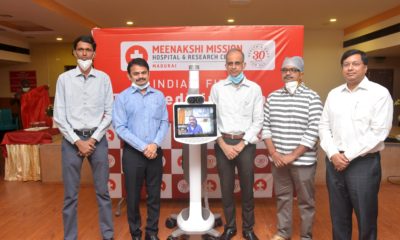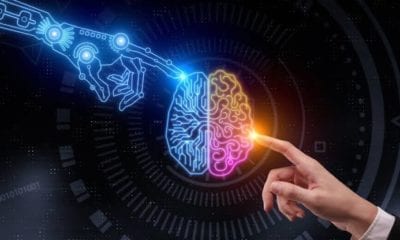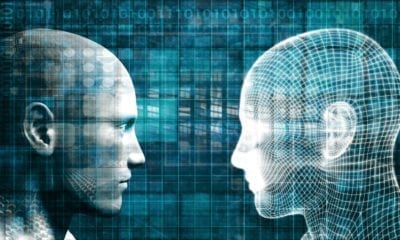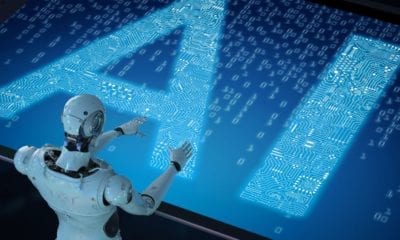Science
Major A.I. Breakthroughs in the 21st Century
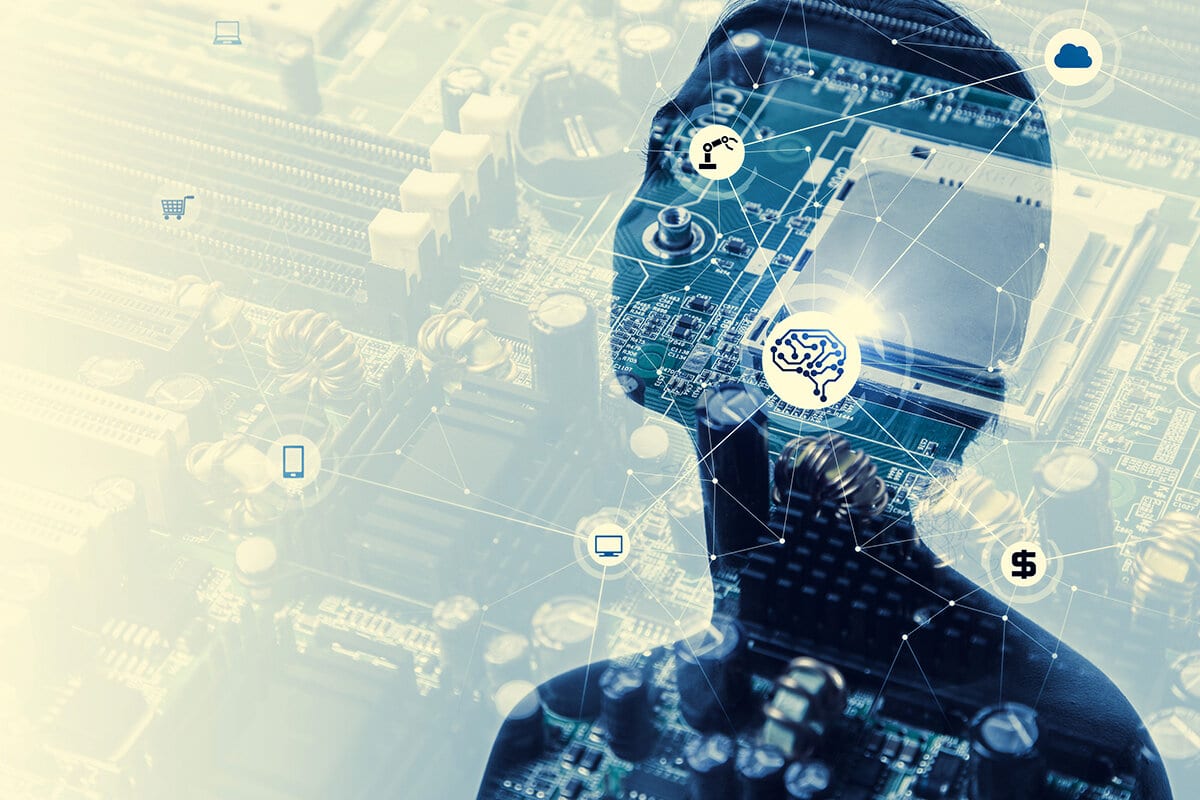
In one of our previous articles we covered the major A.I. Breakthroughs since Antiquity to the 20th Century. But though the ball was set rolling a long time ago, it is only now that we are truly reaping the benefits, no matter how limited. So here we are with all the major milestones of the Artificial Intelligence in the 21st century. Though we are just two decades in, the field of A.I. has made huge advancements and we are nearer to the ‘future’ than we had ever been (literally and figuratively).
THE FIRST DECADE OF THE NEW MILLENNIUM
We ended the last millennium with robot pets coming in vogue and the start of the 2000s saw them being commercially available. Before the year ended, we had the Nomad Robot exploring the remote regions of Antarctica for meteorite samples.

In 2002, we had our first ever Roomba from iRobot, which vacuumed the floor autonomously while avoiding obstacles. 2004 was an even better year with NASA’s robotic exploration rovers, Spirit and Opportunity, navigating the surface of the Mars autonomously.

In 2005, Honda presented its humanoid robot ASIMO that was able to walk as fast as normal humans. Also, Blue Brain project was born this year. Blue Brain is a Swiss initiative that aims to create a digital reconstruction of brains with the help of reverse-engineering. The next five years saw a lot of small and big developments with a number of scientific papers being published. The decade ended with Google building its autonomous car.

2010s- THE DECADE OF POSSIBILITIES
This past decade has been full of wonderful achievements that are now, more or less, part of our lives. In 2010 itself, Microsoft launched Kinect for Xbox 360. This was the first gaming device to track human body movement, enabling the users to play wirelessly.
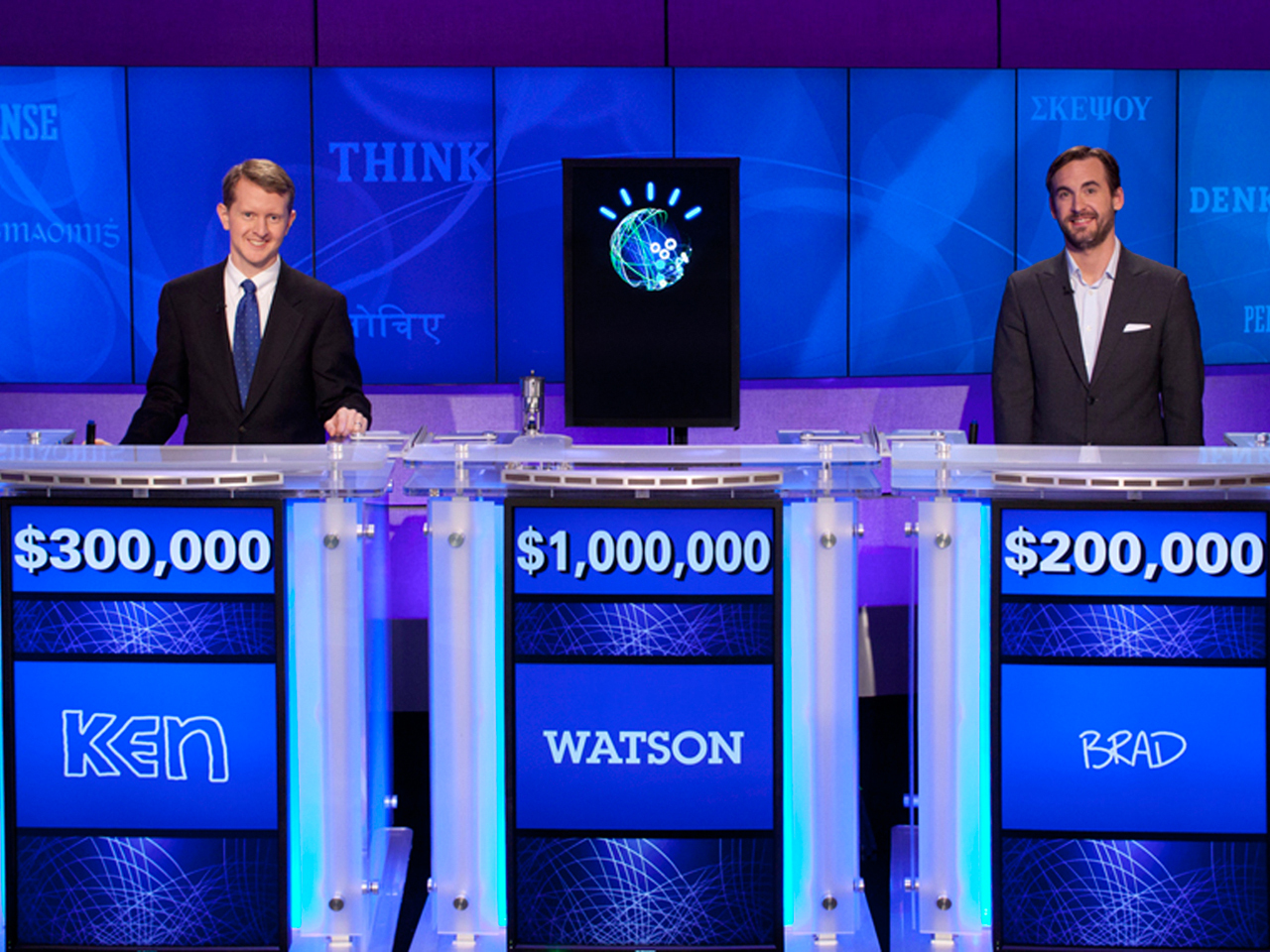
2011 spelled new beginnings entirely as we actually entered the age of technology. IBM’s Watson computer defeated the American television game show Jeopardy champions. It gave a picture of how much the A.I. has grown, being able to compete easily with human knowledge. In the same year, Apple launched Siri, a virtual assistant that made use of natural language to answer questions and perform other actions. Google’s Google Now and Microsoft’s Cortana followed in 2012 and 2014 respectively. If you have interacted with any of these, you would understand how truly big this development was.

Years 2015 and 2016 belonged to Google’s Deepmind AlphaGo while an open letter to ban autonomous weapons (development and use) was signed by over 3,000 researchers in A.I. and Robotics. 2017 and 2018 too, continued to see the development of natural language processing with A.Is outperforming humans in everything from games to reading and comprehension. And now we are in 2020, where Autonomous cars, cheeky virtual assistants and losing to computers in virtual games (I never win in the hard mode) are daily occurrences now. Now you may ask- Where are the other humanoid robots like Julia? Why haven’t you mentioned them?
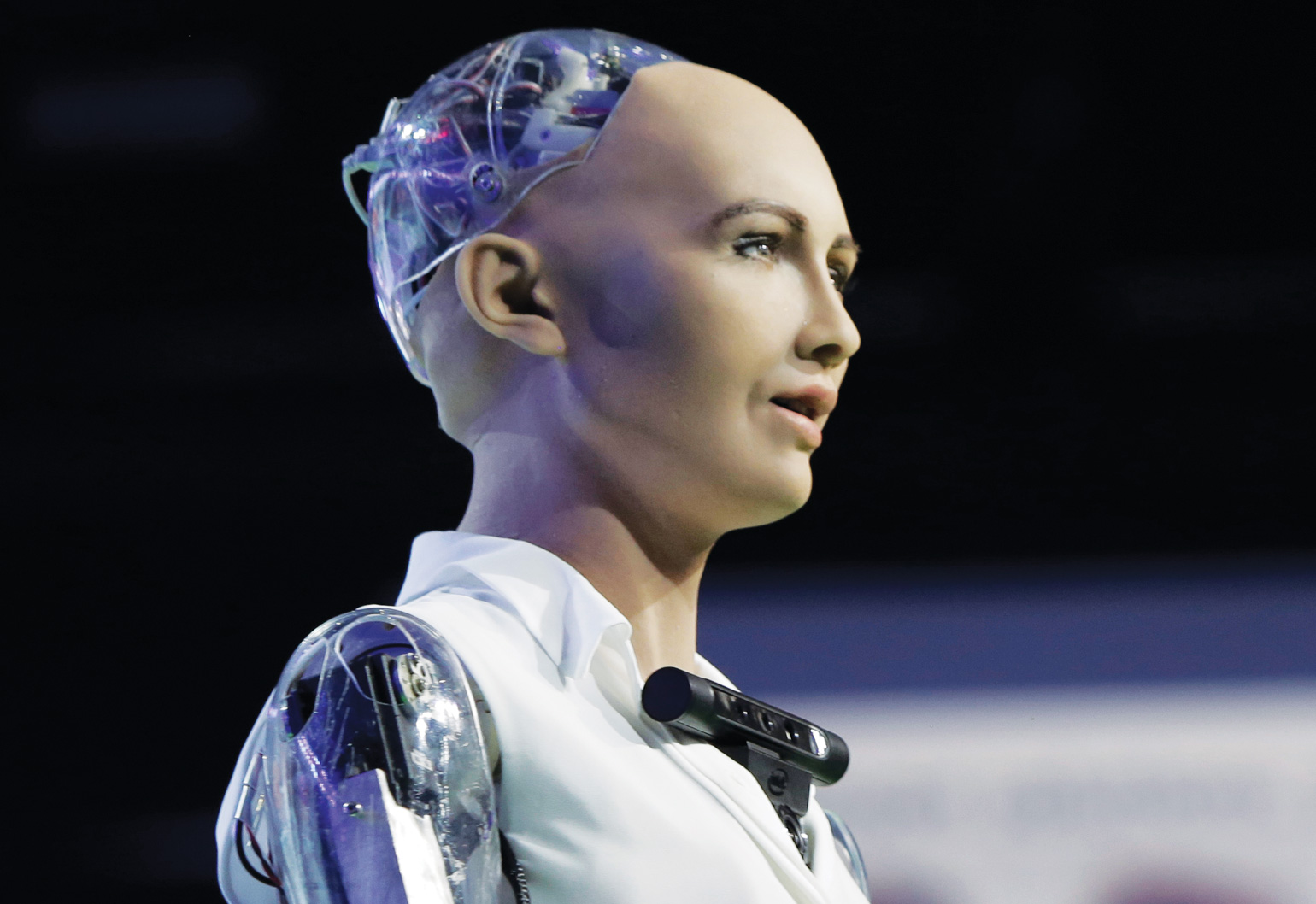
That, dear readers, is a write-up for another time. After all, the development of Humanoid robots is nothing to sneeze at! Till then, have fun losing to your computer in that game of chess.


